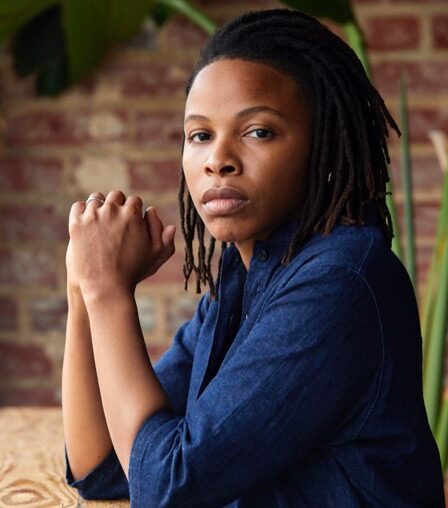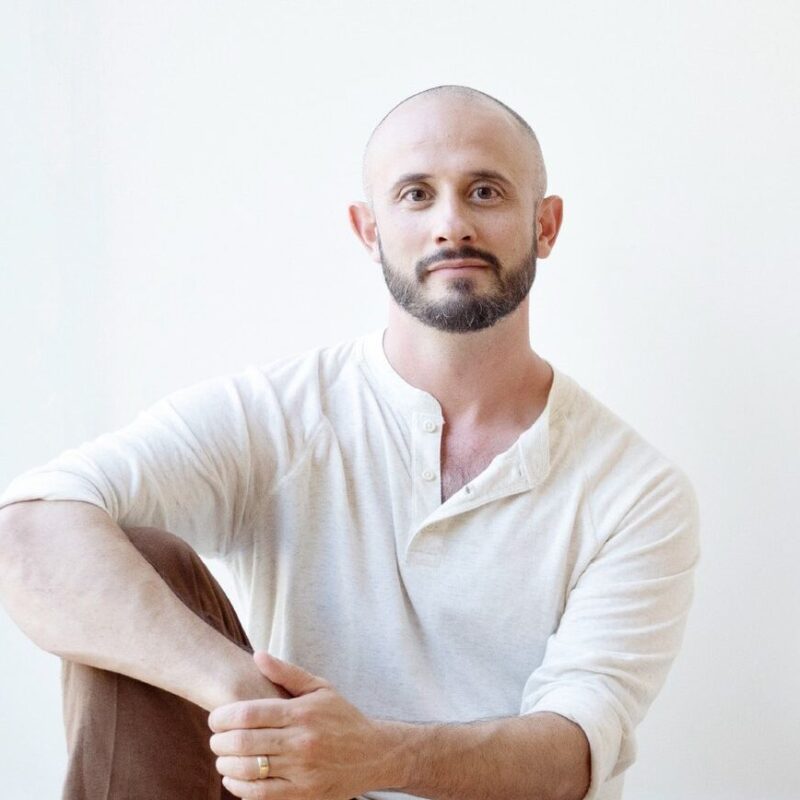By Erica Hornthal, BC-DMT, LCPC
You cannot turn on the TV, search YouTube, or scroll through social media without seeing someone dancing, dance is most closely associated with entertainment or art – and much of that is because of how we see dance in the media that the word “dance” comes with its own stigma, assumptions, and fears. As such, it may be difficult to identify dance as a go-to, mainstream, or even evidence-based intervention for healing trauma. I’ve encountered many clients within my own practice who experience a trauma response around the thought of dancing. Many have been shamed, bullied, and teased for their dancing abilities to the point that just being invited to a wedding or social gathering that may involve dancing causes them to panic.
At the heart of it, dance is an activity we have all experienced and engaged in; in fact, it was our first language. Before we could speak our needs, we danced to express, to connect, and to feel. Formal language doesn’t replace dance as a way of sharing our needs, but it does overshadow it and disconnects people from the language and wisdom of the body. Most of our communication is non-verbal, and as we know, verbal language centers in the brain go offline during periods of high anxiety, panic, and distress. Movement is the core component of dance and something we do all day, often without awareness. Trauma not only change our brains, it changes our movement, and without addressing our movement, we leave out a huge piece of the healing puzzle.
What is dance/movement therapy?
Dance/movement therapy, a niche psychotherapy founded in the United States in the late 1940’s, focuses on the use of movement to support the cognitive, emotional, social, physical, and spiritual attributes of an individual. There are many examples of how healing dance can be thanks to Indigenous cultural practices, ancient scriptures, and stories from around the world passed down through generations. Dance/movement therapy doesn’t seek to erase or overshadow any of those practices. On the contrary, dance/movement therapy continues those traditions to support the fact that everyone has the ability to express themselves and deserves to be witnessed, validated, and accepted for who they are not just what or how they think.
While dance/movement therapy offers the opportunity for individuals to dance and use dance as a means of creative expression, communication, creativity, and catharsis, it inherently focuses on early movement habits and patterns that are often disrupted and adapted for survival. Taking its cues from researchers, educators, and somatic practitioners, dance/movement therapy provides a unique perspective of just how, in the words of Dr. Bessel van der Kolk, The Body Keeps the Score. As mentioned previously, the core component of dance is movement which is our body’s first language. Early movement experiences support the development of identity and self, not to mention our relationships and attachments. When we look to change or improve parts of ourselves it is vital that we revisit how these early experiences were wired in the brain and patterned through the body. Dance/movement therapy is a psychotherapeutic approach that provides a mirror into our first experiences with ourselves and the world. And, depending on the traumatic events that took place during those early experiences or even later in life, we can look at how the body is wired for movement and use movement to repattern the body and mind for “thrival” not just survival.
How does dance/movement therapy work?
Moving in relationship with someone else, particularly a somatic mental health practitioner, in this case a dance/movement therapist, highlights these maladapted movement patterns, allowing for visual as well as cognitive processing. Through kinesthetic empathy, a therapist feels in their own body for any sensations present, allowing for a deeper connection, while also drawing upon personal movement experiences to build a greater therapeutic alliance. It is not just dancing to express, but rather to connect to the deepest often most suppressed parts.
Dance/movement therapy doesn’t look any certain way, as the movement is organic, in the moment, improvisational, and comes from the client. It is not choreography put onto a body. It is the body speaking a truth that is often too deep for words alone to uncover. Dance/movement therapy takes a bottom-up approach to healing as it directly accesses the primitive parts of the brain responsible for movement, heartbeat, and breath. It is about feeling your way in, in order to think your way out. Clients may engage in authentic movement, cultural dances, improvisation, meditation, guided imagery, or simple somatic awareness in order to connect mind and body creating a symbiotic relationship that supports integration, neuroception, and nervous system regulation.
What does dance/movement therapy look like?
This is perhaps the most asked question. Let me offer an excerpt from my book, Body Aware.
Molly was a mom of two young girls, and was a wife and a full-time executive. When we started working together she was on a medical leave from her job due to the immense anxiety she was experiencing. She contemplated admitting herself into a residential program, but opted for an intensive outpatient experience instead. The first time we met I remember feeling like a part of her was missing; as if was only meeting a small portion of the whole person sitting in front of me. I noticed in myself the need to emerge or run free. She reported being hardworking and responsible, but also feeling lost. Since becoming a mom she stopped doing things for herself and only focused on her family’s well-being and needs. Molly felt she was not taking care of herself, denying her body the movement it craved, and felt stuck in her head—a prisoner to severe anxiety. She even mentioned the strain that it was putting on her marriage. She wanted to reconnect to herself and she knew the only way back was through movement and dance in particular. Molly identified herself as a dancer, since she was young. She took classes throughout college and even taught dance part-time before settling down and having a family. In our first session, after getting a brief history, I invited Molly to move around the studio and explore any movement possible. I encouraged her to listen to her body; ask it what it needed and how it wanted to move. After a few minutes, it was like a light switched on. Molly began stretching her limbs, expanding her upper body, breathing deeply into her abdomen, and moving progressively through her spine. Her movements, which had been small and stiff, began to take on a flowy appearance and there was a lightness in her torso. This went on for ten minutes. Her movements began to slow down and she found her way back to a stationary position. She took off her glasses and began to sob. She wiped her eyes, looked up at me, and said, “I feel like I found myself again. I really miss me.”
Dance/movement therapy is a valuable modality for anyone looking to unpack, release, or get more in touch with their body and all it holds. For more information you can visit the American Dance Therapy Association. Don’t let your inability to speak, listen, or even be with your body limit your capacity for healing from your trauma. You can rewrite your own narrative because everything is possible when you dance.
Photo by Olivia Bauso on Unsplash



